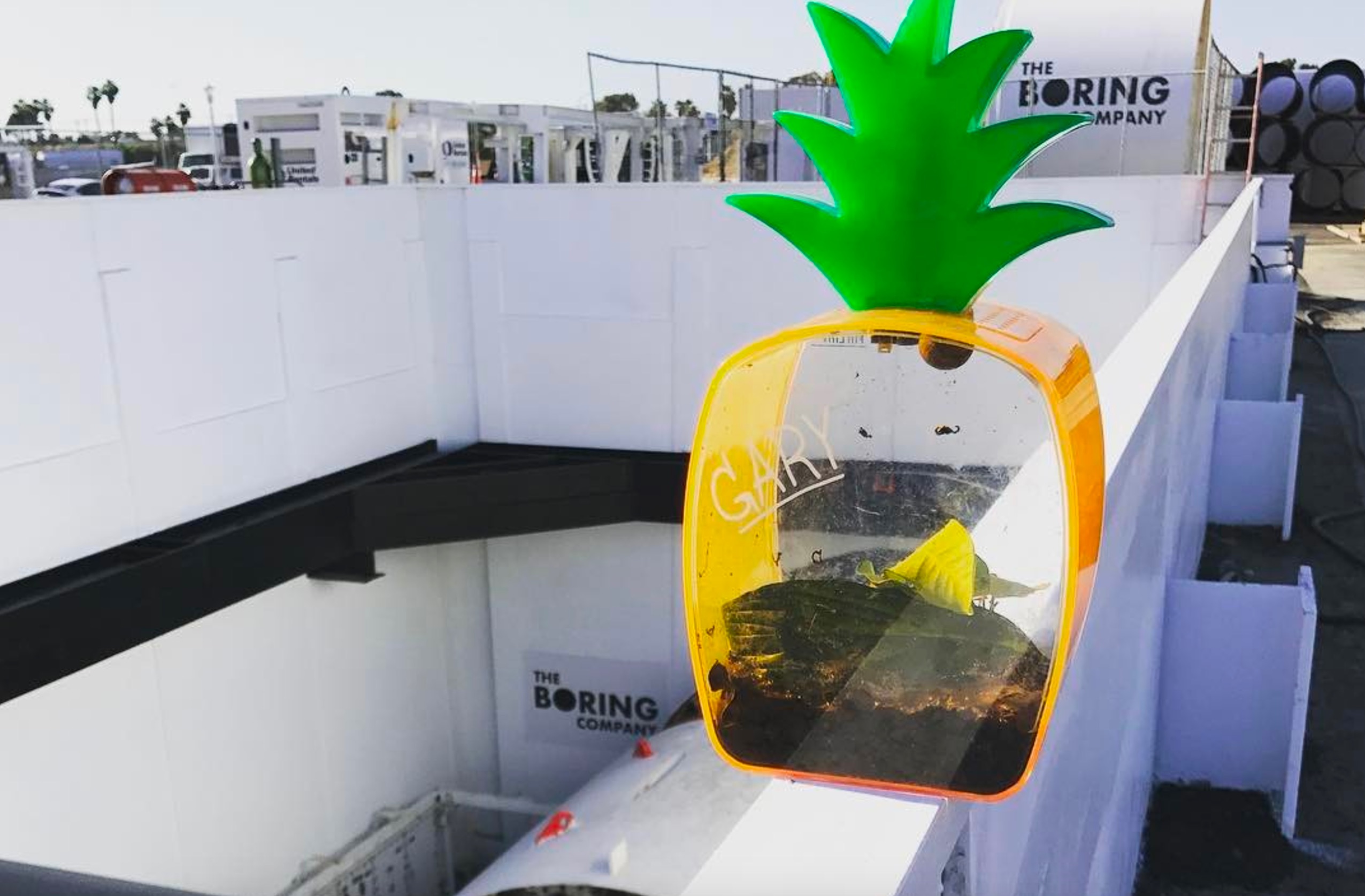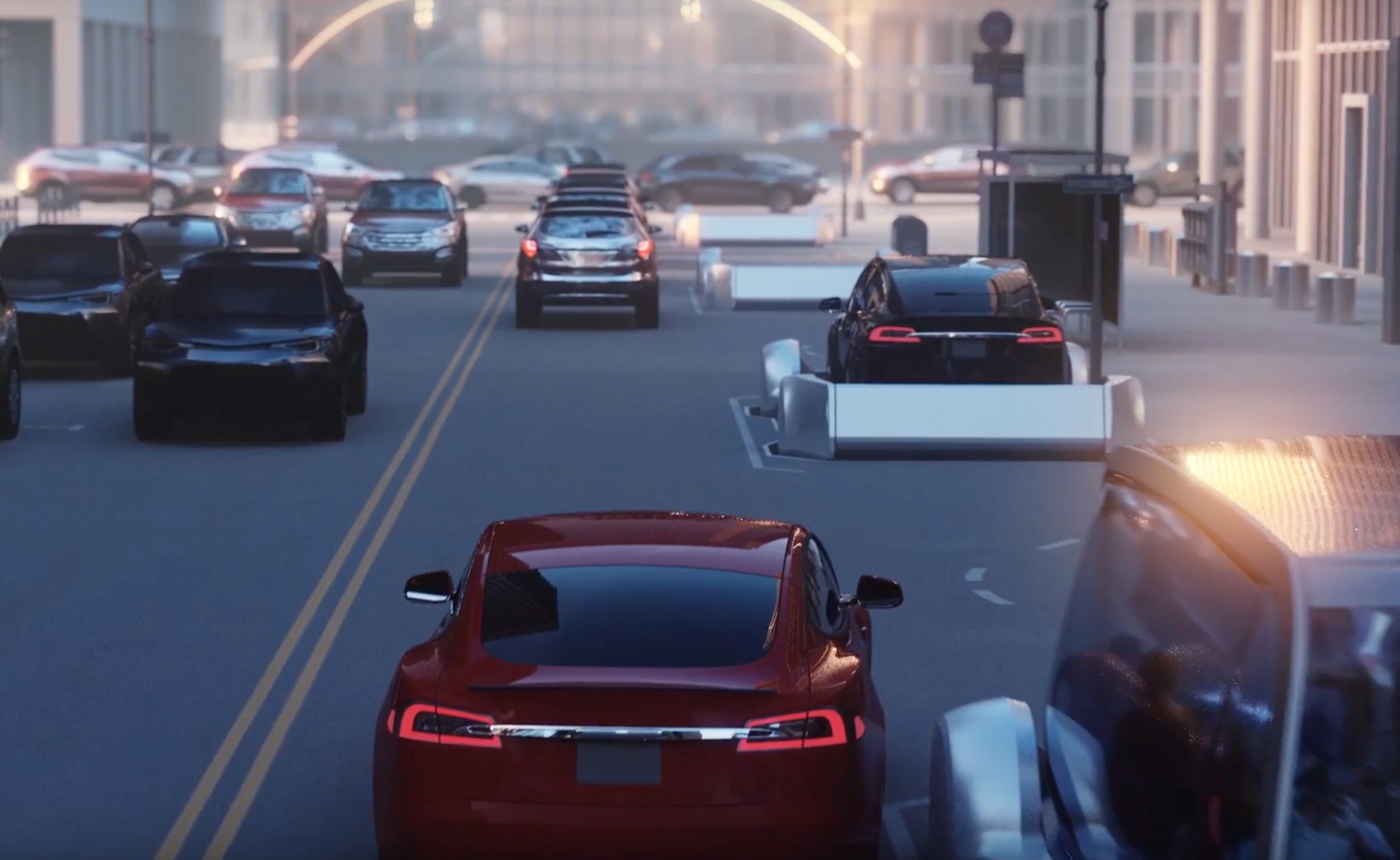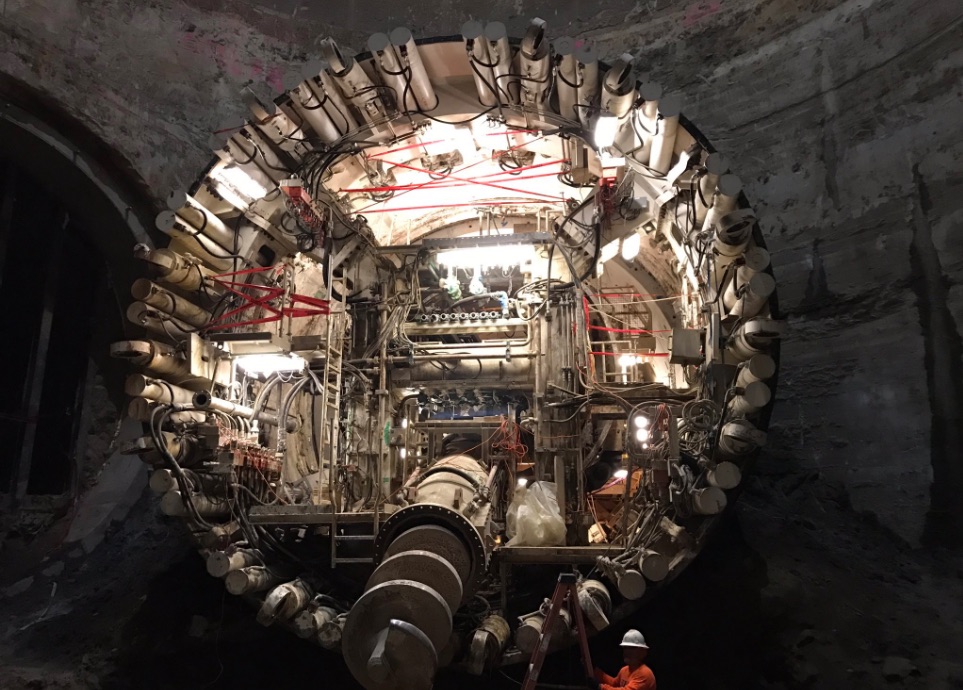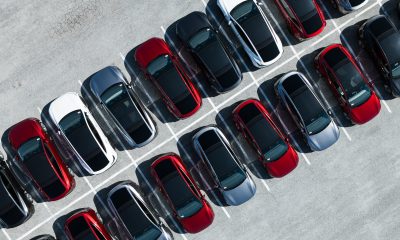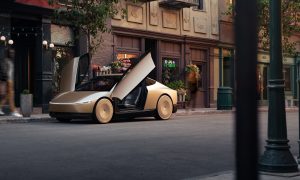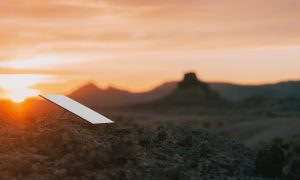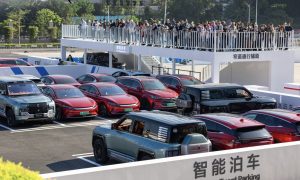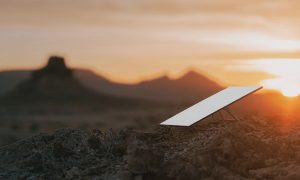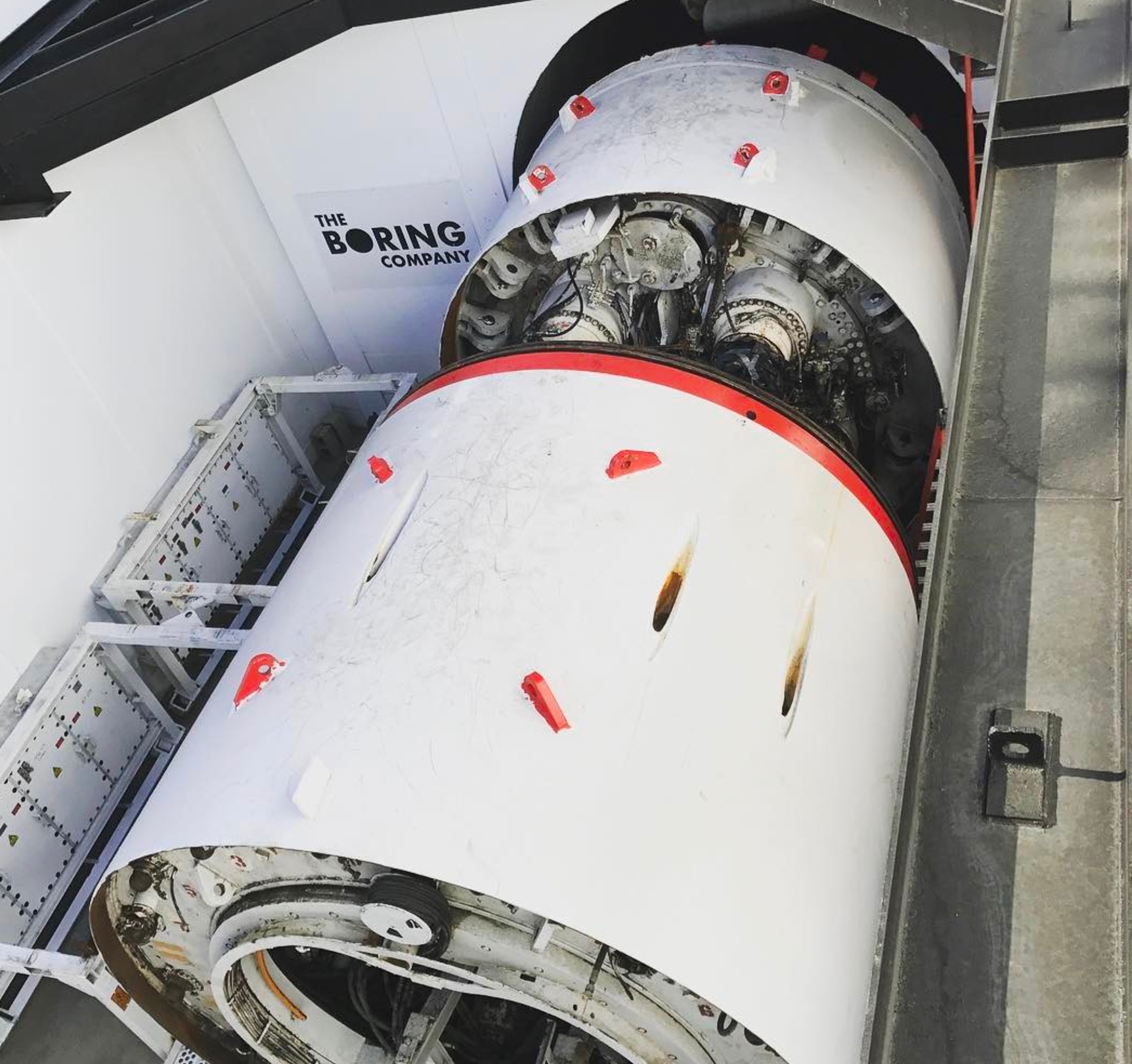

News
Musk’s Boring Co reveals plan to support Hyperloop in published FAQ
Elon Musk’s plan to integrate Tesla electric sleds traveling through underground tunnels dug by The Boring Company will also include support for vacuum-sealed tunnels used by 600+ mph Hyperloop Pods.
The reveal comes from the company’s newly published Frequently Asked Questions page that does away with introductions and cuts straight to the chase.
“A large network of road tunnels many levels deep would fix congestion in any city, no matter how large it grew (just keep adding levels). The key to making this work is increasing tunneling speed and dropping costs by a factor of 10 or more – this is the goal of The Boring Company. Fast to dig, low cost tunnels would also make Hyperloop adoption viable and enable rapid transit across densely populated regions, enabling travel from New York to Washington DC in less than 30 minutes.” reads the FAQ.
The company isn’t even traveling at a snail’s pace, yet it has big plans to do just that – dig tunnels faster than a snail travels. In this case, resident snail Gary (who lives in a pineapple under the sea) can move at 14 times the speed of a Tunnel Boring Machine (TBM) and represents the target speed for the company’s boring machines.
The Framework for Hyperloop
The FAQ sheet broke news that Musk and the team at The Boring Company, in cooperation with Tesla, are planning to build tunnels that can support multi-payloads including that of a Hyperloop Pod. In addition to enabling travel and transport at much higher speeds, this addition is likely to set the Tesla electric sled platform as the standard track that will be used to support mobility of the Hyperloop Pod.
Certain segments of the underground tunnels will have a vacuum shell, if not the entire track, that will allow the tunnel to be held at vacuum. Long distance travel would likely be performed in tunnels held at vacuum, enabling for higher speeds of travel. This format of local versus long distance is the same used by train systems in Europe that have different trains and tracks depending on train speed and distance of travel.
Converts Internal Combustion Vehicles into EVs
Another upside of the system is that it enables the conversion of internal combustion vehicles into zero emission vehicles. When a traditional petroleum powered vehicle is moved onto an electric sled, it will be moved through a system that emits zero emissions. This eliminates the emissions these vehicles would have emitted if they would had ordinarily travelled by road to their destination.
Many people will take Hyperloop Pods to their destinations due to the lower cost of travel. Logistics companies will also shift payload transportation to the tunnel system due to the lower cost as a result of not having a driver, higher speed and automated control over the load. With all of this traffic moving to the conceptual tunnel-based transportation system, it has the potential to radically slash the amount of transportation related emissions and demand for fossil fuels.
If the petroleum industry wasn’t paying attention to Musk and the impact Tesla may have on automotive related fuel consumption, this announcement is surely the wake up call they needed.
Earthquake!
Hollywood thrillers over the years have cast subway systems as the perfect set for apocalyptic thrillers where only a muscular hero armed with backpack full of lithium ion batteries, a stick of bubblegum and the copper from the wiring for the lights can save the day.
The truth, it turns out, is much different. The FAQs relay the facts that structural engineers have know for ages – that properly designed tunnels are one of the safest places to be during an earthquake. The tunnels is not subject to surface forces and instead of resisting the movement of the earthquake, moves with the ground.
Dirty Business
When tunneling in the Minecraft video game, the tunnel materializes and the blocks smashed with a pickaxe or sword simply disappear or move into inventory. The real world is unfortunately not so simple, but The Boring Company has plans to make it just a bit more like Minecraft.
Two major challenges with traditional tunneling are the massive amount of earth being displaced by the tunnel and the equally as challenging amount of concrete that is required to seal the circumference of the tunnel. To solve these challenges together, The Boring Company hopes to develop a process for using the resulting soil to produce earthen bricks. These bricks could even be used as a component of the tunnel lining itself or simply sold as a product.
This is yet another piece of evidence that Tesla truly is attempting to create Minecraft in the real world, reviving the ancient practice of crafting bricks from dirt.
In addition to turning a liability into an asset, this has the potential to drastically cut the amount of concrete used in the production of the tunnels it is constructing. Because of the sheer mass of concrete and the effort required to extract its components, and ship them to the destination, concrete production accounts for a staggering 4.5% of the world’s greenhouse gas emissions. The Boring Company hopes to take a chunk out of those emissions by using bricks where possible in the construction of its tunnels.
Where The Boring Company will go from here is anyone’s guess but this latest update makes it clear that Musk is never willing to settle for the status quo, and always begins working from the ground up – or in this case, from the ground down – when moving into a new business.
Elon Musk
Tesla reportedly suspended Cybercab and Semi parts order amid tariff war: Reuters
A new report claims Tesla is suspending the order of some parts for the Cybercab and Semi from China due to tariffs.
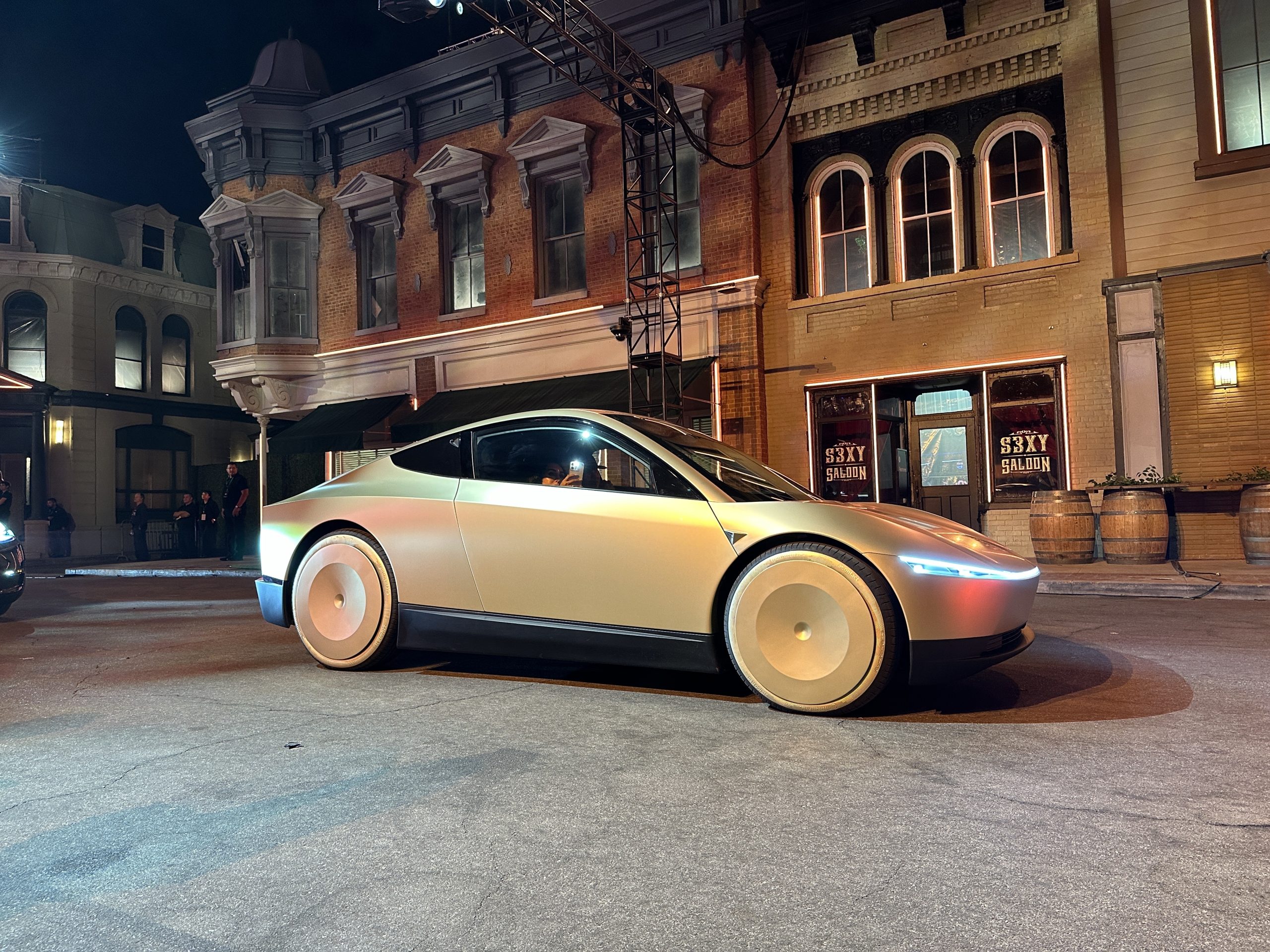
In a new report that cites people with “direct knowledge,” Tesla has apparently suspended a parts order for both the Cybercab and Semi that was set to come from China as a result of the tariff war between the country and the U.S.
Reuters reported this morning that the move was made as the 34 percent tariff on Chinese goods was raised to 145 percent. The report states that Tesla was “ready to absorb the additional costs when Trump imposed the 34 percent tariff on Chinese goods, but could not do so when the tariff went beyond that.”
This left Tesla in a situation where it had to make a decision, and ultimately chose to suspend shipping plans as a result.
Tesla, nor its CEO, Elon Musk, has responded to the report, so it is not known whether it has been confirmed. Tesla does not have a dedicated press relations division.
However, if it is true, Tesla would likely feel some repercussions from the parts delay for Cybercab, which it planned to launch in June with the start of a robotaxi ride-hailing platform in the City of Austin.
It is worth mentioning that this will not derail the plans completely, as the Model 3 and Model Y were also targeted to be a part of this initial rollout.
As far as the Semi, volume production is set to begin in early 2026. The first builds of the Semi’s high-volume design are slated to roll off production lines in Nevada late this year.
First Tesla Semi high-volume production builds expected this 2025
Tesla has responded to the tariffs in several ways, including halting the delivery of its Model S and Model X vehicles in China as the country imposed a 125 percent tariff as a retaliation against the United States.
It is no secret that Tesla is being impacted by the tariff situation, and Musk has been transparent about that. However, it is unknown whether it will begin to impact the company’s future projects, like the Semi and Cybercab.
Elon Musk
Tesla continues California domination despite slide in registrations
Tesla lost some of its market share in California but it still has a commanding lead.
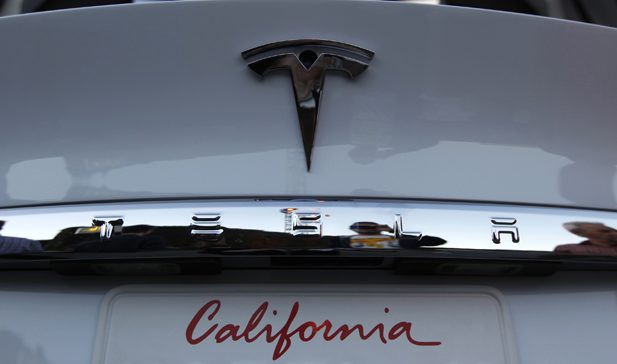
Tesla has continued its domination in the California auto market as the state’s New Car Dealers Association (CNCDA) has released data from the first quarter of 2025.
2025 is going to be one of the more difficult years to determine the outlook of the automotive sector due to the uncertain impact of tariffs and how much they will hinder overall growth.
However, we can break Tesla’s situation down a little further and explain why there were some Year-over-Year declines in registrations in California.
As a whole, Tesla registered 42,322 vehicles year-to-date through March, data from the CNCDA’s report shows. This is a 15.1 percent decrease from the 49,857 cars that had been registered by owners in the same time frame last year.
Tesla still owns 43.9 percent of the overall Zero Emissions Vehicles (ZEV) segment in California, down from 55.5 percent at this point last year. It is a decrease, but there is more to it.
The Top 25 BEV and PHEV models are led by the Model Y and Model 3, which counted 23,314 and 13,992 registrations, respectively. The third-place vehicle is the Honda Prologue with 4,493 registrations. The Tesla Cybertruck landed in 8th place with 2,282 registrations, and the Model X was 13th with 1,800.
The same quarter last year saw roughly 10,000 more registrations for the Model Y than this year, as Q1’24 saw the all-electric crossover accumulate 33,467 registrations. The decrease is due to Tesla’s switchover of production lines to the new Model Y build. Tesla said in its quarterly delivery report that it lost “several weeks” of production due to this changeover.
Tesla dominates in California but EV growth is the true winner
Interestingly, the Model 3 performed better than last year, as it only had 11,162 registrations through the same period in 2024. It had 13,992 registrations in California this year.
The question regarding Elon Musk’s political involvement and its impact on Tesla’s sales figures remains. Without surveying them individually, there is no way of knowing exactly how many people chose to go with another EV maker’s vehicle due to the politics. However, the Model 3’s slight bump is an encouraging look: it’s not all gloom and doom.
The CNCDA writes:
“Tesla’s troubles continue to worsen as Californians are giving the cold shoulder to the direct-to-consumer automaker (and controversial owner, Elon Musk). Registrations show a massive decline of 15.1 percent through March vs. this time last year. A year and a half of continuous quarterly declines proves this downward trajectory for Tesla is a lasting trend. The company’s market share also dropped by 11.6 percent at the end of Q1, now holding less than half of the California Zero Emission Vehicle (ZEV) market for the year.”
Most importantly, Tesla outpaced every other EV maker’s registration figures by a considerable margin, despite many analysts stating that there is irreparable brand damage.
Tesla had 42,322 registrations in California in Q1, significantly more than second-place Ford, which had 5,819 ZEV registrations in the Golden State through the first three months.
Despite what many are stating regarding Tesla’s “brand damage,” the company is still in control of the market substantially. It was always expected that Tesla’s market share, which sits at 43.9 percent, would fall slightly each quarter after more automakers had EVs to offer.
However, the company’s control still remains, at least for now.
News
Rivian CEO RJ Scaringe wins Executive Disruptor of the Year award
Rivian has proven to be as tough as its off-road-capable electric vehicles.
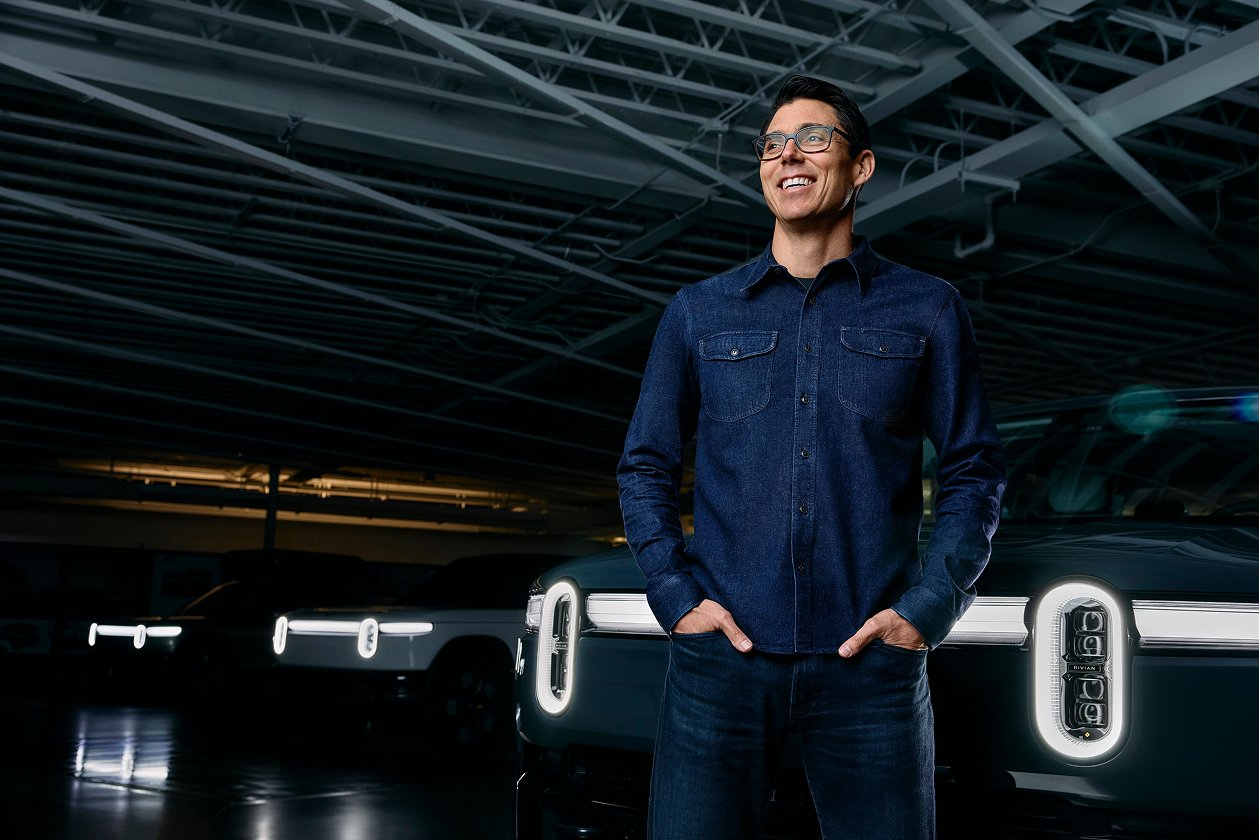
Rivian CEO RJ Scaringe has been named Executive Disruptor of the Year in Newsweek’s World’s Greatest Auto Disruptors awards.
The electric vehicle maker celebrated its chief executive’s accolade on social media and on its official website.
Why RJ Scaringe Won
Newsweek highlighted that Rivian is one of the few electric car makers in the market today that actually turned a profit. This was an extremely challenging endeavor for Rivian, especially as the company had to outfit its Normal, Il plant during the height of the pandemic.
Rivian has proven to be as tough as its off-road-capable electric vehicles. It dug deep to launch the R1T and R1S, it secured a deal with Amazon for its electric delivery vans, it unveiled its next-generation vehicles like the R2, R3, and R3X, and it even signed a $5.8 billion joint venture with Volkswagen Group. This year, a subsidiary of the company also received a $6.57 billion loan from the federal government to finance the development and construction of its Georgia plant, which is expected to be capable of mass manufacturing the R2.
“Strategic decisions that resulted in a gross profit of $170 million in the fourth quarter of 2024 and the maturing business model of the Rivian brand in a BEV-adverse environment are why RJ Scaringe is Newsweek’s 2025 Executive Disruptor of the Year,” Newsweek wrote.
What the CEO Says
CEO RJ Scaringe noted that the honor really belongs to the company’s employees, who have endured numerous hardships over the years just to help Rivian mature and survive. As per the electric truck maker, its CEO’s award is a reflection of the vision, grit, and teamwork that powers everything the company does.
“This honor truly belongs to the entire incredible team of disruptors at Rivian. Every step forward we’ve taken—whether in the design studio, on the assembly line or in our software—has been driven by people who believe deeply in our mission. I’m grateful to Newsweek for the recognition, and even more thankful to our community for continuing to inspire us every day!” Scaringe stated.
-
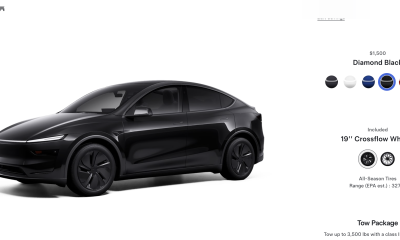
 News2 weeks ago
News2 weeks agoTesla rolls out new, more affordable trim of the Model Y Juniper in U.S.
-
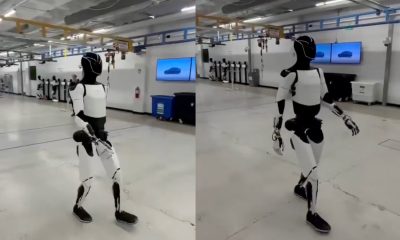
 News2 weeks ago
News2 weeks agoTesla shares Optimus’ improved walk in new update video
-
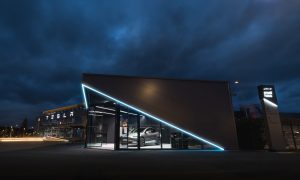
 Elon Musk2 weeks ago
Elon Musk2 weeks agoTesla Germany reports 4,935 units sold in Q1 2025
-
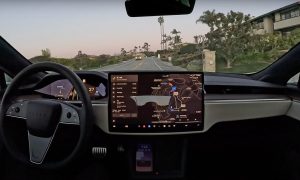
 News2 weeks ago
News2 weeks agoTesla expands Early Access Program (EAP) for early Full Self-Driving testing
-
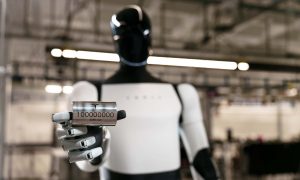
 News1 week ago
News1 week agoTesla celebrates key milestone for 4680 battery cell production cost
-
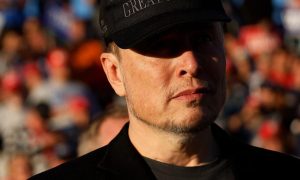
 News2 weeks ago
News2 weeks agoElon Musk will continue as DOGE adviser: VP Vance
-
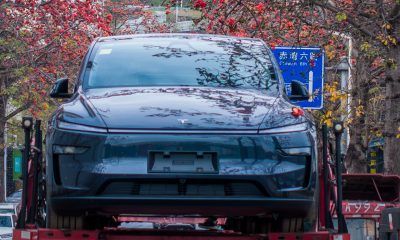
 News2 weeks ago
News2 weeks agoWells Fargo reiterates Tesla (TSLA) price target of $130
-

 Elon Musk2 weeks ago
Elon Musk2 weeks agoNeuralink’s Patient Registry is now open globally

